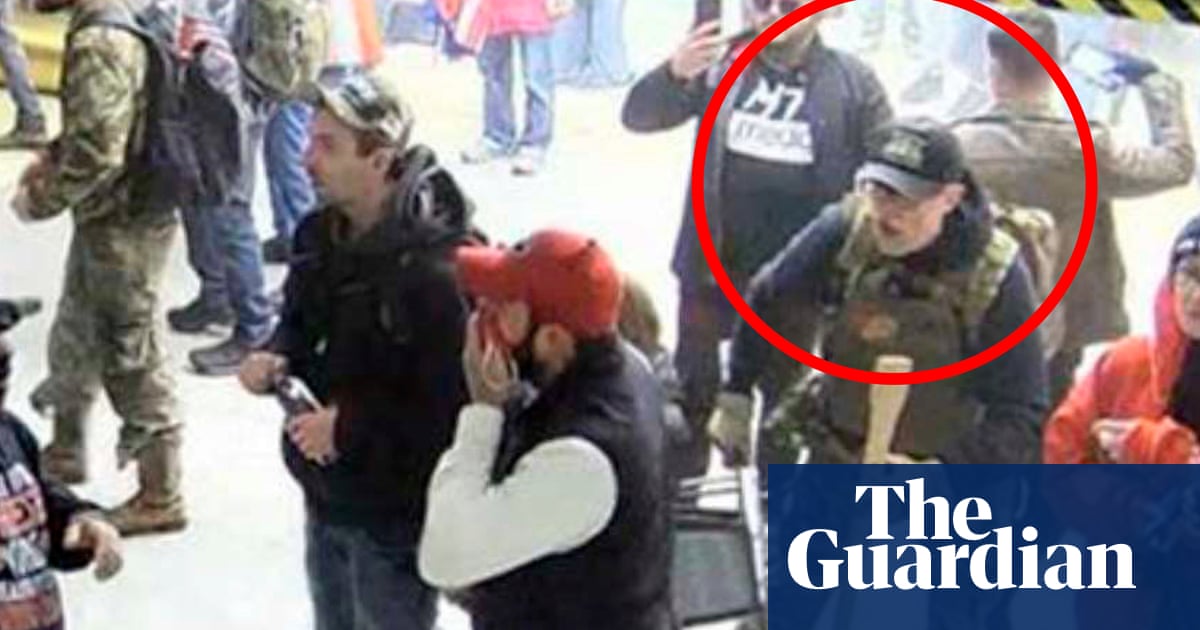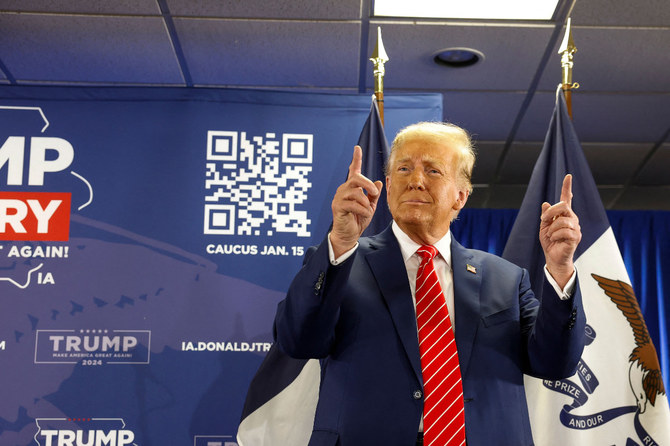
For one rioter at the US Capitol on 6 January 2021, wearing a Caterpillar hoodie proved a bad fashion choice. Admittedly, with an American flag-patterned cap and some shades, the garment helped shield his identity as he manhandled a police officer. Yet it came back to haunt him. Investigators used an app and facial-recognition technology to zero in and eventually got their man: Logan Barnhart, a construction worker in Michigan with a passion for fitness. His résumé included bodybuilding and modeling for romance novel covers. While hitting a punching bag in a workout video, he wore some familiar attire: a Caterpillar sweatshirt. Cue the Dragnet music.
There was something else remarkable about this investigation: the sleuths were ordinary Americans, part of a spontaneously formed citizen network volunteering their time to track down Capitol rioters. Now their story is shared in a book that takes its name from the movement, Sedition Hunters: How January 6 Broke the Justice System, by Ryan J Reilly, an NBC News justice reporter.
“They were really just random Americans who got together and decided they wanted to do something about what happened on January 6,” Reilly says.
Those random Americans did not just identify Barnhart. They sought and found other rioters who stormed the Capitol after Donald Trump refused to accept his 2020 election loss to Joe Biden and invited supporters to rally in Washington on the day Congress was to certify the results. Now, one of the Sedition Hunters, Forrest Rogers, is using his talents to siphon out misinformation of a different sort – as a journalist reporting on the conflict between Israel and Hamas for Neue Zürcher Zeitung, a newspaper based in Zurich.
In the wake of January 6, the citizen sleuths proved invaluable to the FBI, which Reilly describes as reeling from the fallout of the riots and overwhelmed by the subsequent federal investigation, the largest in American history, as an initial estimate of 800 rioters entering the Capitol ballooned to more than 3,000.
While the FBI approached the task with antiquated technology, the Sedition Hunters had all the latest tools, including the app that helped catch Barnhart, which was designed in a garage by one particular sleuth, known only as Alex in Reilly’s book. Many others did such critical work. Like Alex, “Joan” used an article of clothing to pin down a suspect. In her case, it was a blue-and-white sweatshirt from a school in her home town, Hershey, Pennsylvania, worn by a Capitol window-smasher. Its wearer had also been seen inside but all she had was a nickname: “Zeeker.” Joan searched the school’s Facebook page. Zeeker turned out to be Leo Brent Bozell IV, scion of a conservative dynasty.
By the time of Bozell’s arrest, two other people had identified him to authorities. Both knew him. Although there are occasional mentions in the book of people who turned in rioters they knew, the Sedition Hunters focused on tracking down hard-to-find individuals who they had never met.
“It was easy to get the person virtually if they posted their own crime, built their own case on a social media post,” Reilly says. “Some of them were making efforts to hide their identity in some way.”
In his hoodie, baseball cap and sunglasses, one of many faces in a mob, Barnhart was tough to identify. Alex’s app proved a gamechanger. It created a virtual library of images of the attack collected by the Sedition Hunters, which they could now search to unmask the culprit. Each suspect was given a relevant nickname: Barnhart was “CatSweat”, for his Caterpillar garb. Ironically, an image from the rightwing social media platform Parler delivered the coup de grace. Facial recognition technology confirmed CatSweat as Barnhart. His social media accounts yielded further confirmation: a hat he wore in one photo matched his headgear on January 6. On Twitter, he promised Trump he would “be there” at the Capitol that day.
Asked if any of the Sedition Hunters were secretly FBI agents, Reilly discounts the possibility with a quip: “They were way too skilled.” More seriously, he adds: “I think that really is what they brought to bear.”
The Sedition Hunters sometimes outperformed their professional counterparts. The FBI made some wrong hits. John Richter, a Biden campaign worker, shared his name with a rioter who reached the Senate floor. Guess who was apprehended first? Although the Democratic Richter convinced them they had the wrong guy, with help from his puppy, two years would pass before the feds arrested the actual rioter.
“This guy worked for Joe Biden, got him elected,” Reilly says. “He was probably not the man to look for … Stopping the election of a man he worked for did not make a lot of sense.”
Reilly also notes that conservative elements within the FBI supported Trump and were lukewarm on investigating those who rioted for him.
“Despite what we heard the past seven or eight years from Donald Trump, at its core, it’s a conservative organization,” Reilly says. “A lot of people generally lean conservative. It does not mean they’re all Trump supporters, but there was a lot of whataboutism in the FBI after the Capitol attacks.”
Reilly does provide many examples of FBI personnel acting on tips from the Sedition Hunters. After Joan made her initial identification of Zeeker as Bozell and communicated this to the bureau, she kept scanning images from the riots for that blue-and-white sweatshirt. This uncovered further evidence of his violent actions, which she also transmitted. A special agent thanked her, promised to update prosecutors and made good on that vow, an additional charge against Bozell being brought within 24 hours.
Reilly is mindful of some developments still on the horizon. There is a five-year statute of limitations for Capitol rioters – 6 January 2026 – so the window to bring remaining fugitives to justice is about two and a half years wide. There’s a wild card too: what happens if Trump wins the presidency again and decides to issue pardons?
“I think it’s very real,” Reilly says of that possibility. “He said he’s going to. To me, it really depends on what the extent is going to be … You can easily see him pardoning everybody who committed misdemeanors, something like that.”
Of more serious charges, he adds: “I don’t know across the board.”
Who knows what will happen. For now, readers can savor the unheralded work of the Sedition Hunters, best summed up in Joan’s reflection about helping bring Bozell to justice: “He probably would’ve gotten away with it, if it weren’t for those meddling sleuths.”












